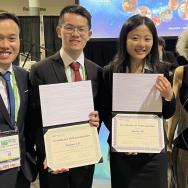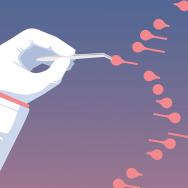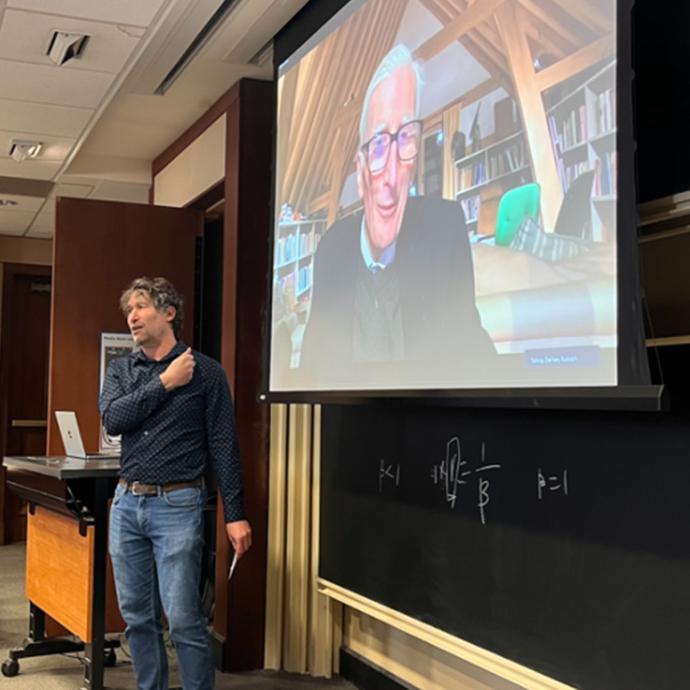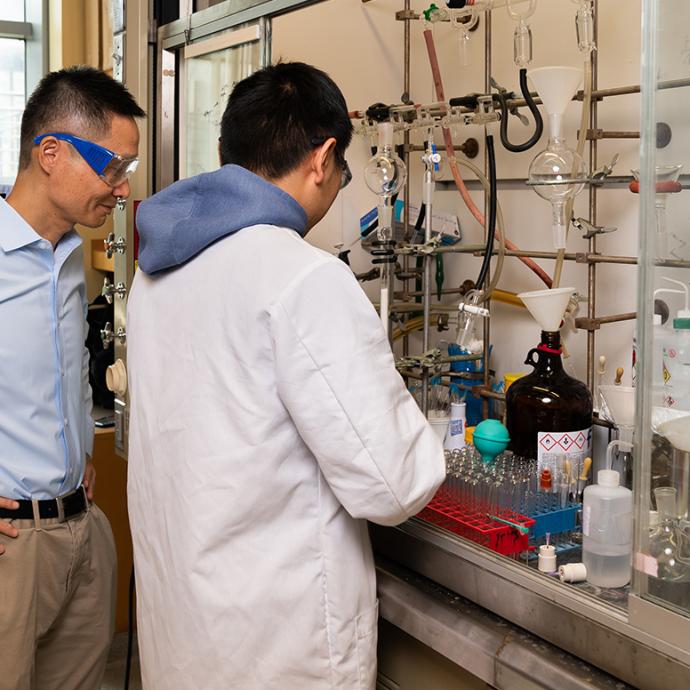When scientists first discovered CRISPR, the possibilities for gene editing seemed endless. But challenges remain when it comes to actually translating that discovery into a therapy that works for patients.
A team of University of Chicago scientists led by chemist Weixin Tang has created new CRISPR-Cas systems that are smaller and can easily slip into cells—yet retain their potency.
The researchers hope the systems could someday pave the way toward improved therapies for patients with diseases that could benefit from gene editing, such as sickle cell disease, Huntington’s disease, cystic fibrosis and muscular dystrophy, among many others.
Editing the editor
Many human diseases are due to one or two gene mutations. This made scientists think it would be possible to treat them by altering a patient’s DNA, a technique known as gene editing. Such a thing sounded far in the future, however, until the 2012 discovery of how CRISPR-Cas9 worked sent the biology world buzzing.
A CRISPR system is actually just a way to home in on any stretch of DNA you tell it to, like a sniffer dog. This ability was a massive leap forward for scientists, because previously, gene editing was much more hit-and-miss. Once you’re at the right location, proteins can act as molecular “scissors” to snip the DNA and insert a new stretch.
But the technology is very much still developing—and encountering challenges. One important one: As researchers have started to create CRISPR systems, they often find the systems are too large to be efficiently packaged and delivered into patients. So Tang and her lab set out to create a system that is tiny enough to slip into a cell, without losing its functionality.
Tang and her lab started with a system called CRISPR-Cas12f that had been invented by others that was impressively small, but didn’t always work very well once it got into cells.
To boost its performance, they started by looking at the protein. They thought the system’s flawed performance might be because its protein wasn’t clamping on to the DNA strongly enough once inside the cell. So the group experimented with different mutations to find proteins with more positive ions on their surfaces, which would help them bind. They found five mutations that, combined, boosted the proteins’ activity.
They also turned the microscope on the RNA part of the system. By examining the physical structure of CRISPR-Cas12f using a technique called cryogenic electron microscopy, they could find and test places where they might be able to cut.












 —Prof. Chuan He
—Prof. Chuan He
